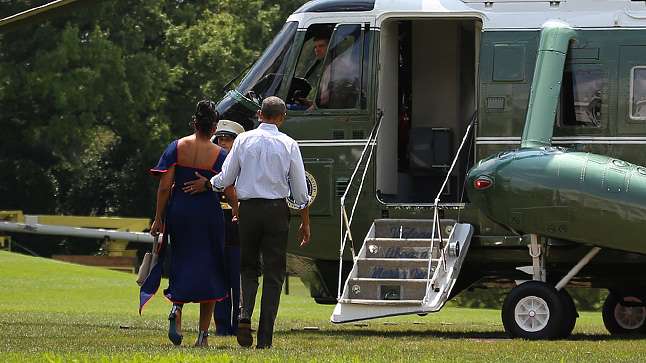December 24, 2012
Twentieth anniversaries don't get any better. Celebrating two decades of ties, India and the Association of Southeast Asian Nations (Asean) have big future plans.
First, think trade. India, an economic powerhouse, and Asean, one of the world's most economically vibrant regions, can do better than to keep trade limited at the current $80 billion.
December 24, 2012
Twentieth anniversaries don't get any better. Celebrating two decades of ties, India and the Association of Southeast Asian Nations (Asean) have big future plans.
First, think trade. India, an economic powerhouse, and Asean, one of the world's most economically vibrant regions, can do better than to keep trade limited at the current $80 billion.
At last week's summit, they did well to extend their free trade agreement on goods to cover services and investment. They expect trade of $100 billion by 2015 and $200 billion over 10 years.
The targets are achievable, with diversification of trade ties in areas from farm goods to energy and IT. Facilitating greater infrastructural and digital connectivity, the expanded pact will give India's robust services sector new avenues for growth overseas while netting much-needed FDI. We're also pursuing bilateral FTAs with individual Asean member-countries. If this is all for the good, there's a caveat. Our industry must be highly competitive to take on the economic dynamos of Asean. Else, our market will be swamped with superior products. To get best returns from looking East, let's especially boost manufacturing. This mandates liberal policy support, including by promoting industrial hubs the way China's long done.
The second key development was Indo-Asean commitment to strategic engagement. India's considered a possible balancer to China in Asia, as suggested by Asean's call for New Delhi's intervention in South China Sea disputes. China's economic rise has gone along with its heightened readiness to make contentious territorial claims, including over the resource-rich South China Sea which contains major sea lanes. This has provoked clashes with Asean countries, besides posing a risk to India's oil and gas explorations in the area. That's why shared stakeholding in maritime security, freedom of navigation and peaceful dispute resolution is a good idea.
Whether this translates into India's willingness or even ability to assume star billing in the region yet isn't clear. Asean countries and India both have intricate bilateral ties with their giant neighbour. Plus, there are sensitivities of Asean itself regarding its "centrality" in regional initiatives. Nor can India yet match China's investment-driven profile or trade with Asean countries, which notched a massive $363 billion in 2011. None of this means we should pass up the opportunity to play a positive role as an "Indo-Pacific" balancing power. Trade, energy security or regional stability, India and Asean have common interests and concerns. So, both sides stand to gain big from closer economic integration and security cooperation.
Courtesy: TOI







































































































